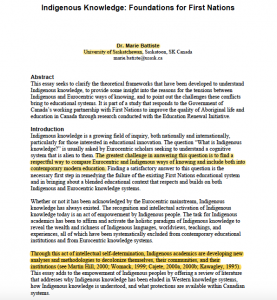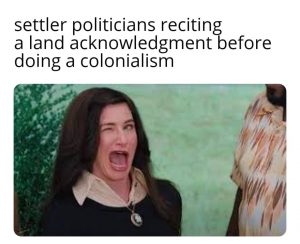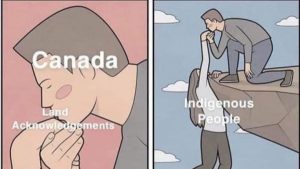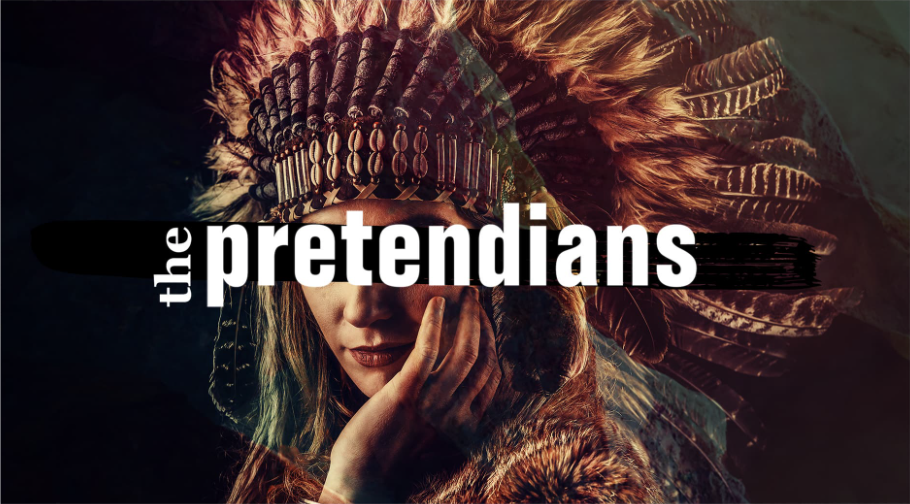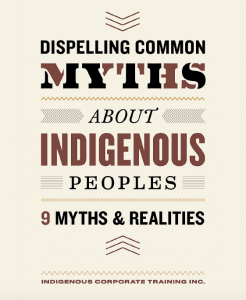
I came across Lewis Cardinal when I was looking for Indigenous perspectives on Youtube, so after watching an hour-long talk from him on Youtube, I looked for more of his knowledge and perspective and I found this podcast episode. The podcast is called Shift Management so it’s a workplace, human resources focussed podcast.
In this episode with Lewis Cardinal, he talks about how to develop relationships, the importance of communication, and the values you inherit from the culture or cultures you’re from. He says, “If you want to improve relationships, if you want to improve prosperity, communication is central, and it has to be meaningful.[…]Meaningful conversation means that you start talking with the heart and you start talking about the same things that you find in common looking in the same direction.” He also says, “When you move the heart, the mind follows.”
He also discusses the importance of (everyone in Canada) being treaty peoples, and that we should be learning about what that means in school. As Cardinal says, “The great indoctrinator of any nation is its educational system.”
